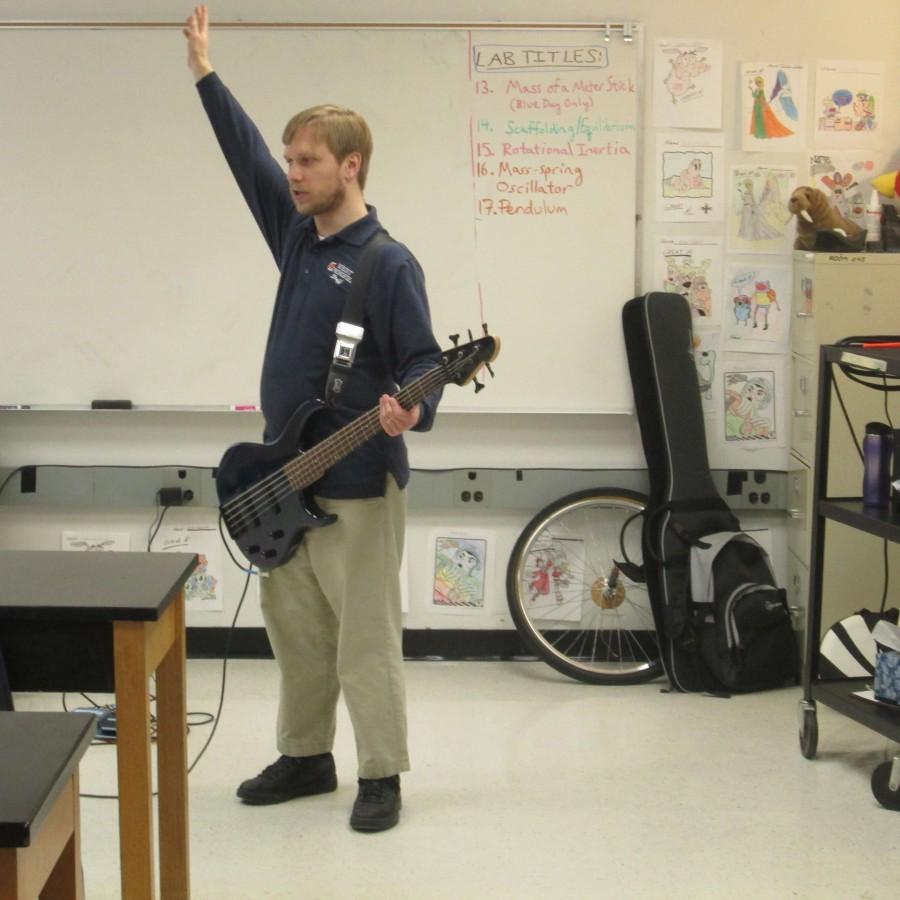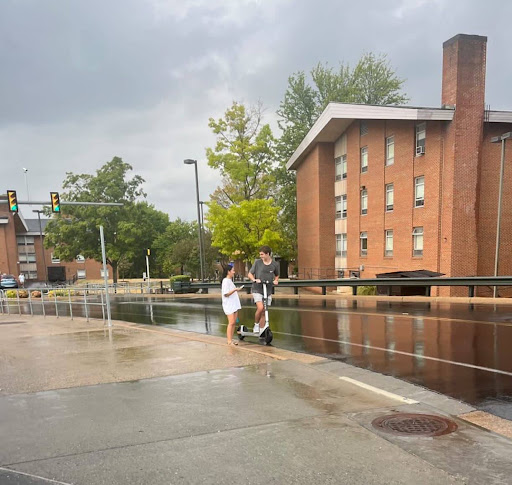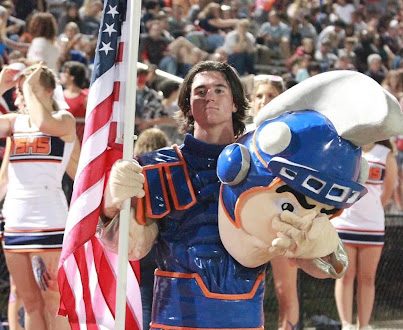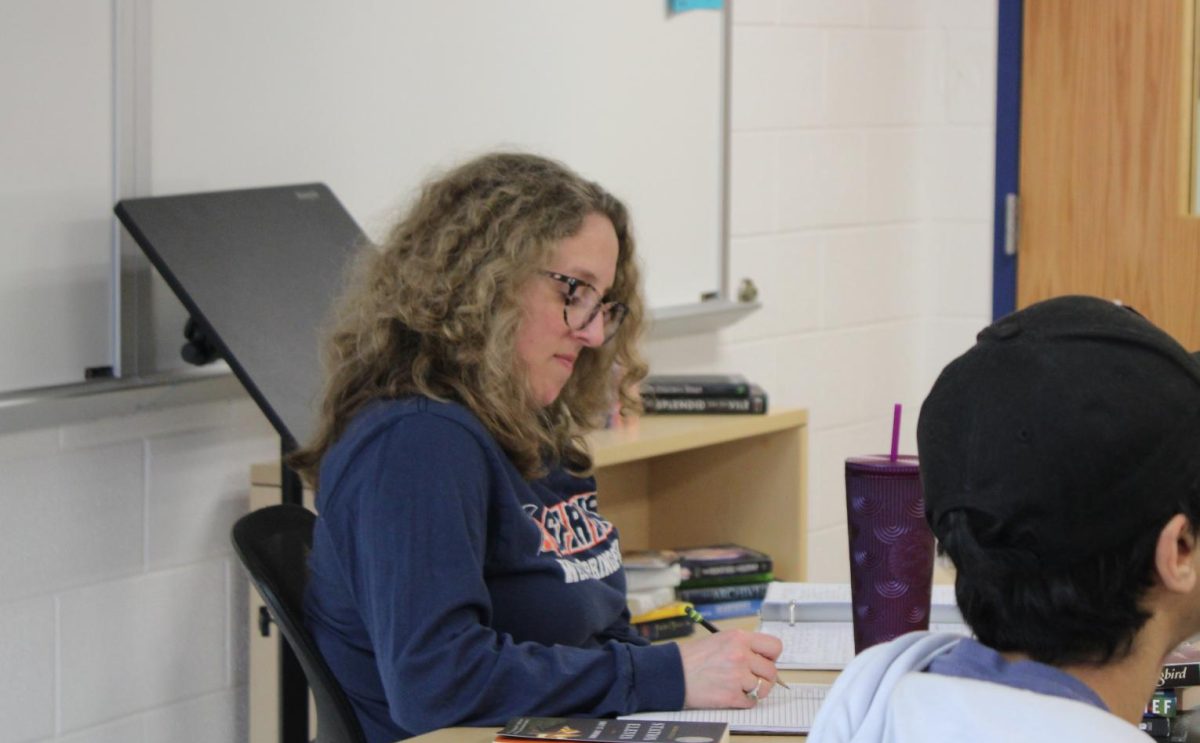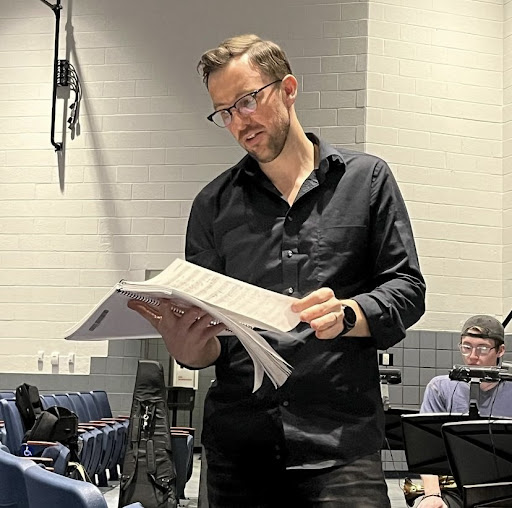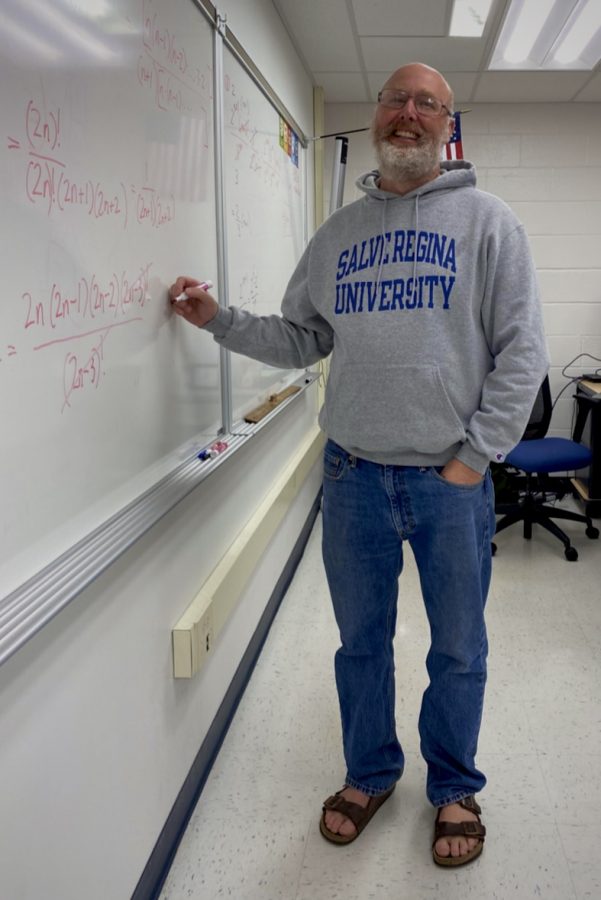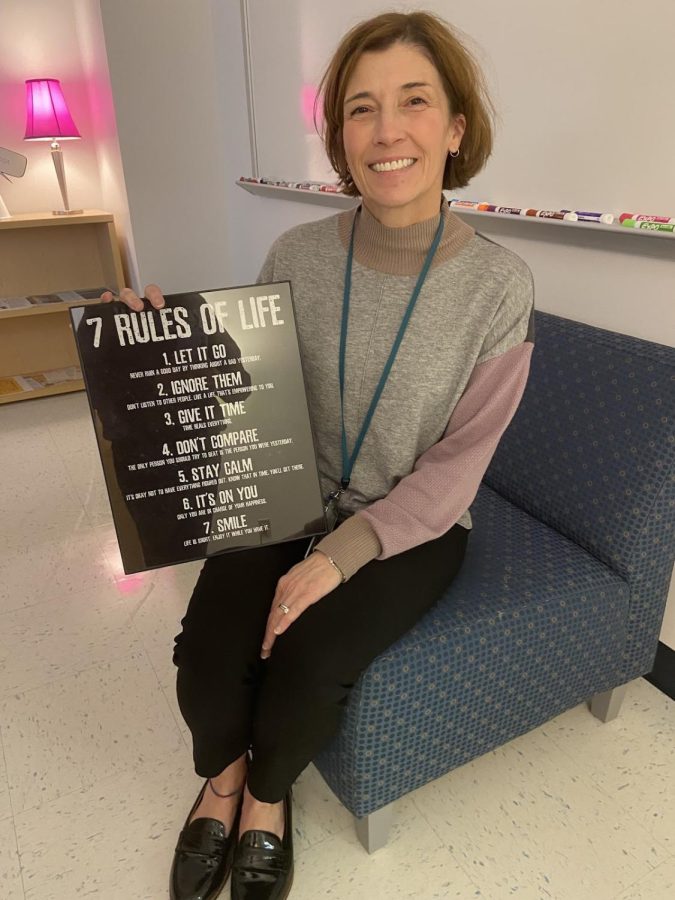Looking down the halls of WS, every classroom looks the same: four walls, a few desks and a chalkboard. It’s the head of the classroom, the teacher that makes the difference.
Teaching styles vary from long lectures to class discussion, silent work and everything in between. The options are endless, and teachers in WS have figured out interesting and helpful ways to transfer knowledge to their students, for example: playing Journey and having class sing-alongs.
Hearing “Living on a Prayer” blasting out of a classroom might strike people as odd, but not AP Physics teacher William Keay. Using a record player and an instructor’s ingenuity, Keay designed a lesson that was more than just a lecture.
“So what they [were] supposed to learn [was] rotational speed and rotational acceleration. You have to devise a way to measure this, [and] the way a school record player will do it is with something called RPMs,” said Keay.
As the AP Physics 1 students walked into class, a song was playing on the record. With homework stamped and the first song finished, a tune familiar to almost everyone came on and students began rocking out to Journey’s “Living on a Prayer.” However, this wasn’t just to have a good time. As the class watched the record player spinning, they were learning too.
“They could see what 30 RPMs actually looks like,” said Keay.
Using this visual reference, students could imagine the rotational motion on a much smaller scale, such as the ones found in a hard drive. With one simple tool, an abstract concept was simplified into the spinning of a record and the playing of a song.
“It helps you see physics in real life; it’s more practical,” said AP Physics 1 student and junior Polina Kovalchuk. “You get to see how it works, not just learn about it and assume ‘oh that exists’.”
This isn’t the only unit of physics that music will be used in either. Keay plans to use instruments in the classroom for the class’ sound and waves unit as well.
“I want them to have real world applications. How you use it when you’re outside a high school classroom,” said Keay. “Simple models have their use but only to a certain point.”
Physics isn’t the only subject that benefits from a little abstract teaching. Kevin Greata, Head of the Math Department creates funny little songs or sayings, often times on the spot, for his Geometry students.
“It’s just to wake people up and help them learn,” said Greata. “Sometimes I’ll have [the students] move, anything where they’re not just memorizing a fact.”
With students enrolled in seven different classes and spending seven hours in school every day, a little variety in teaching can be refreshing. Whether it be music, moving around or anything out of the box, what’s important is that people are learning, and sometimes having fun while doing so.
“Physics is hard,” said Keay. “But hard can be okay, as long as you enjoy it.”

